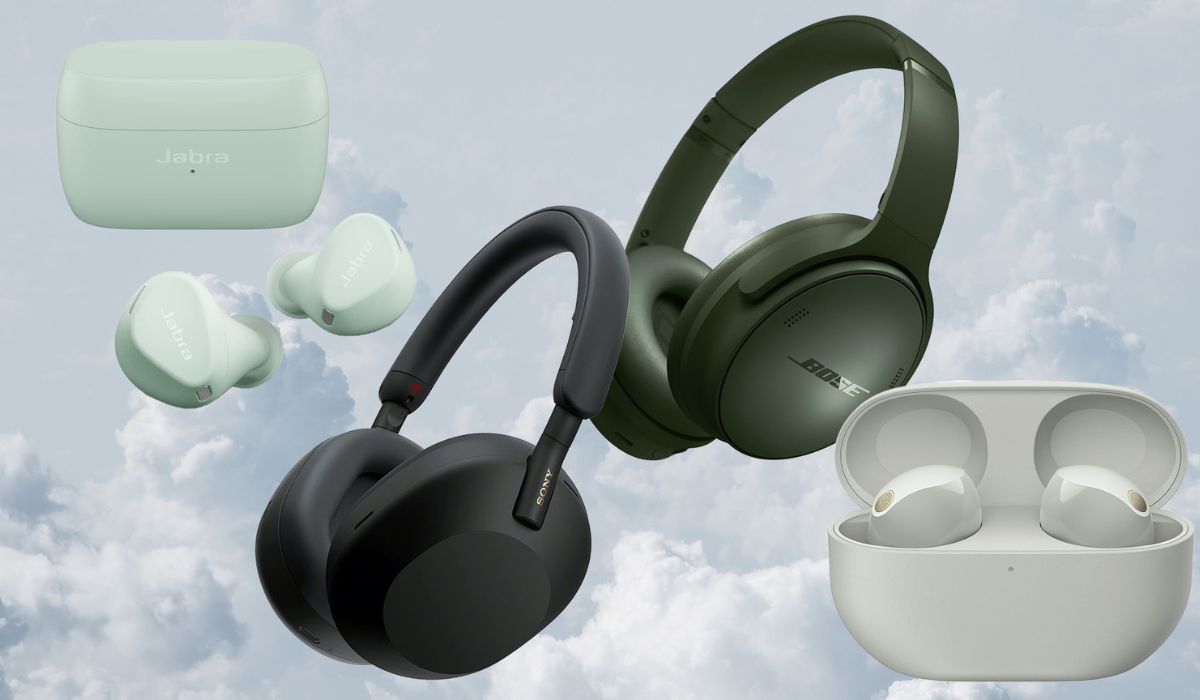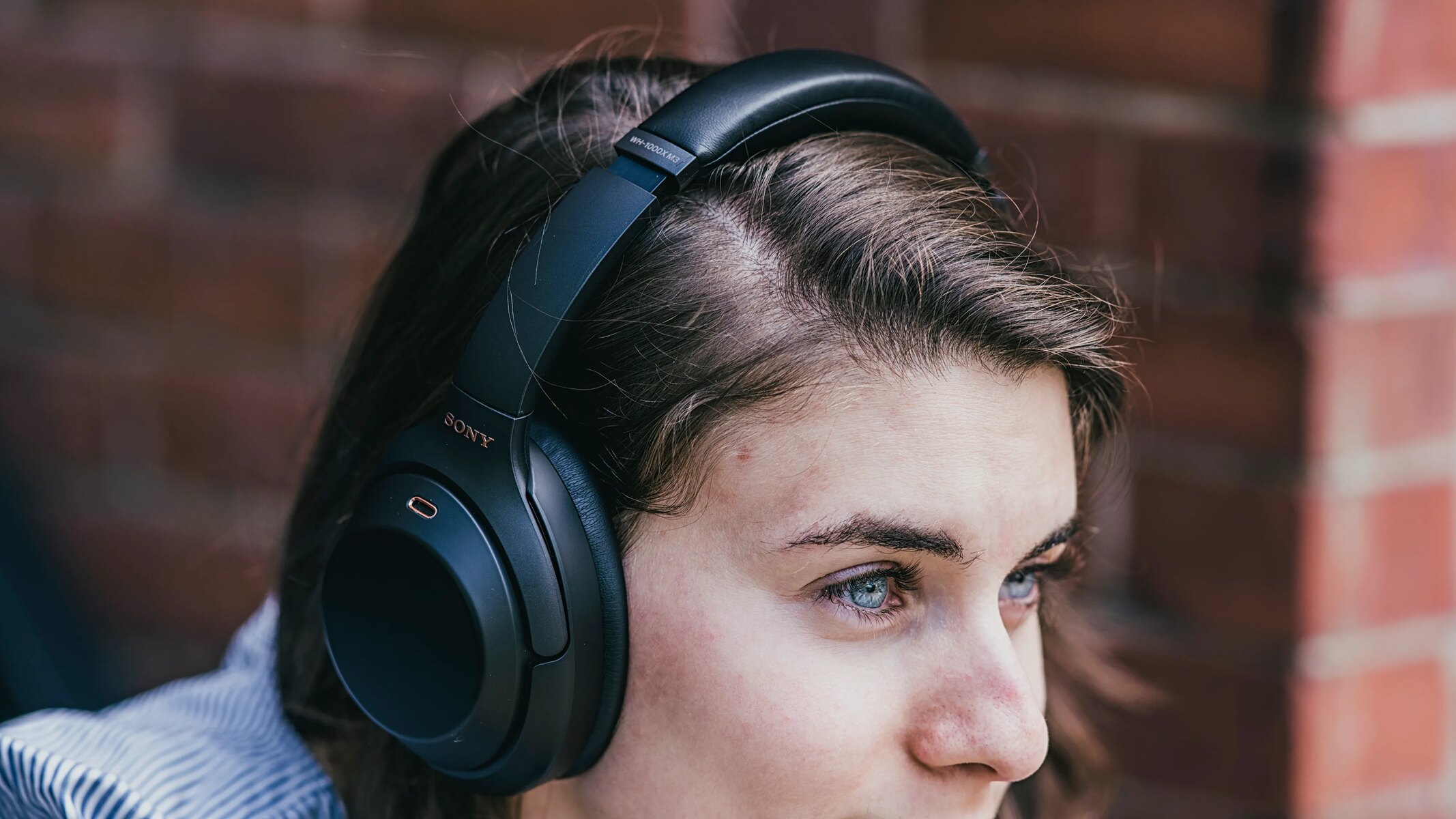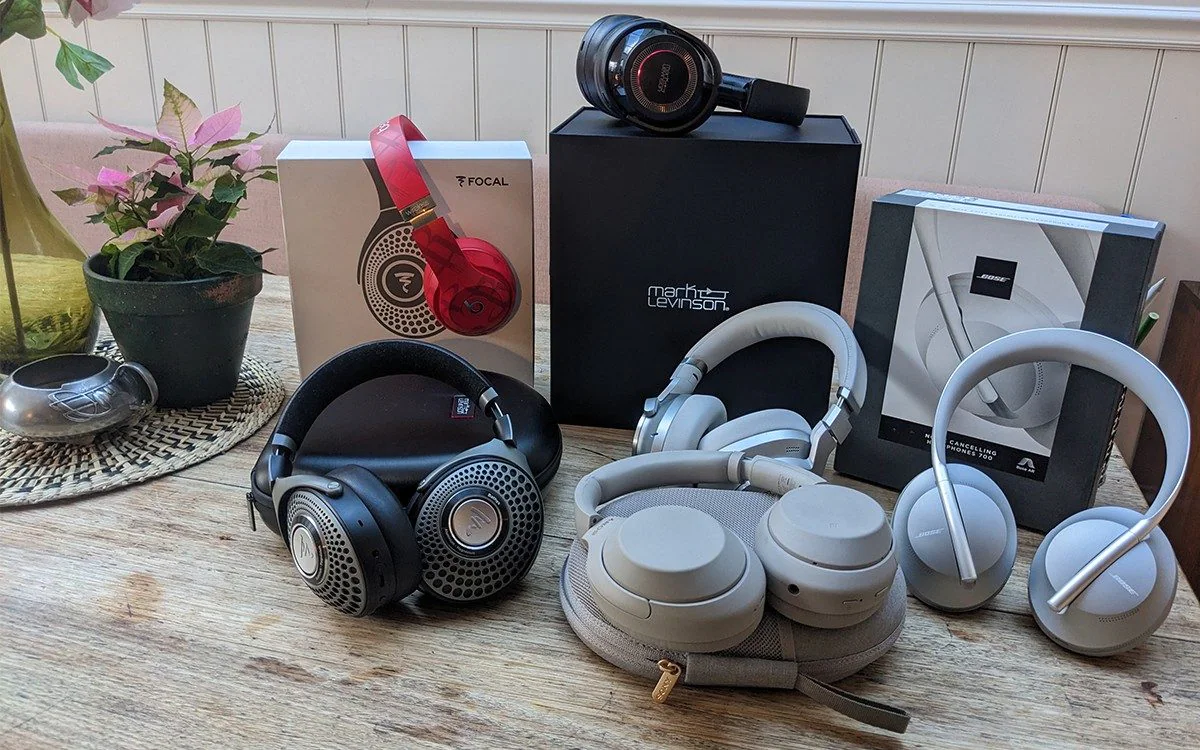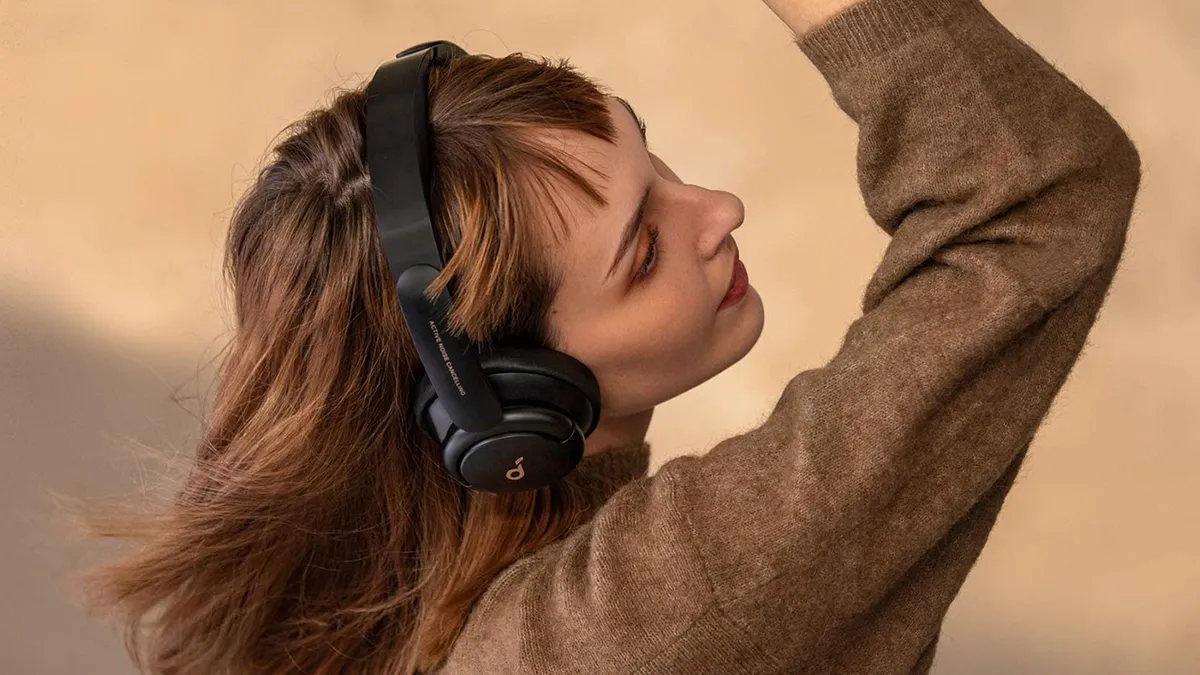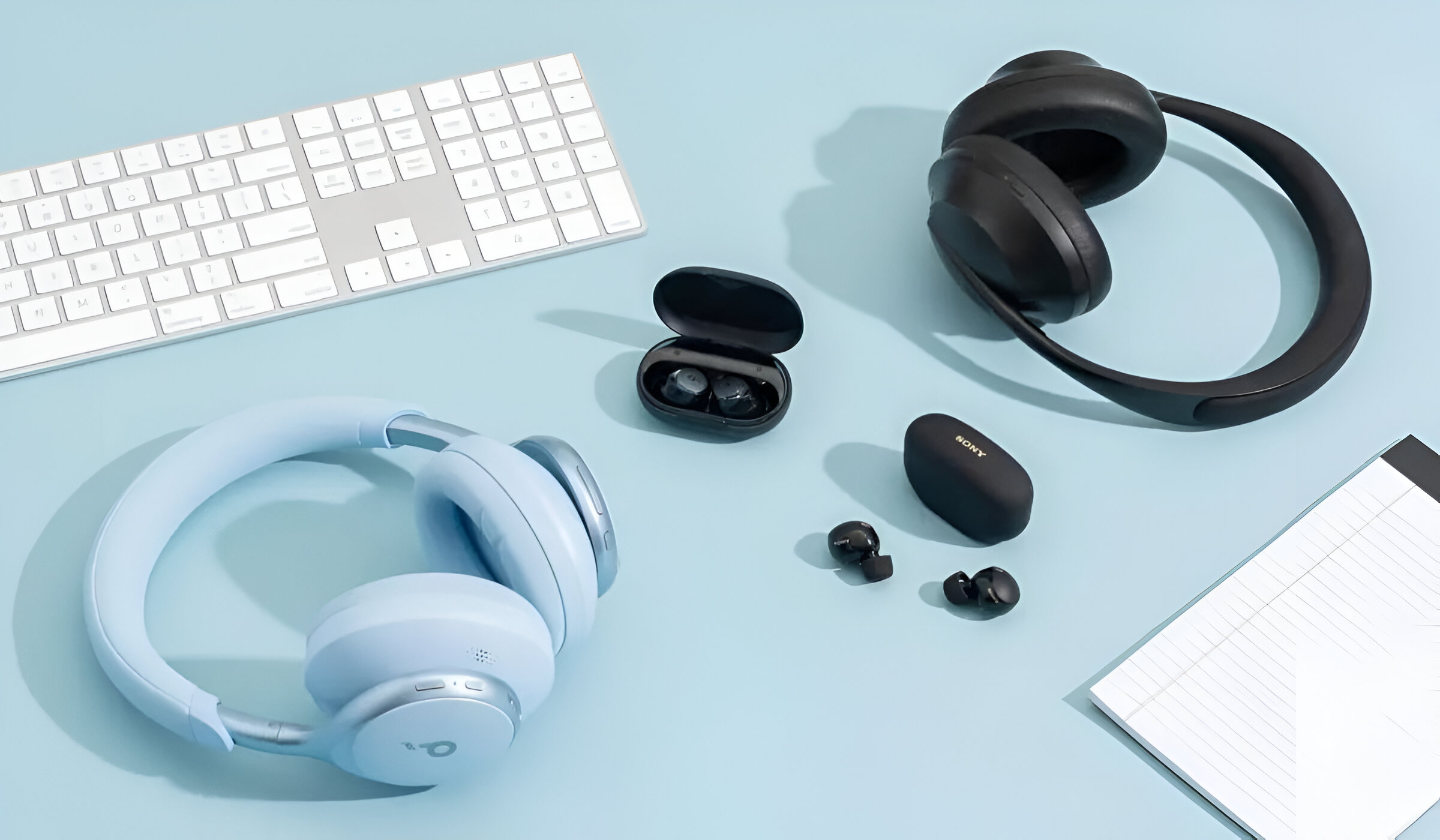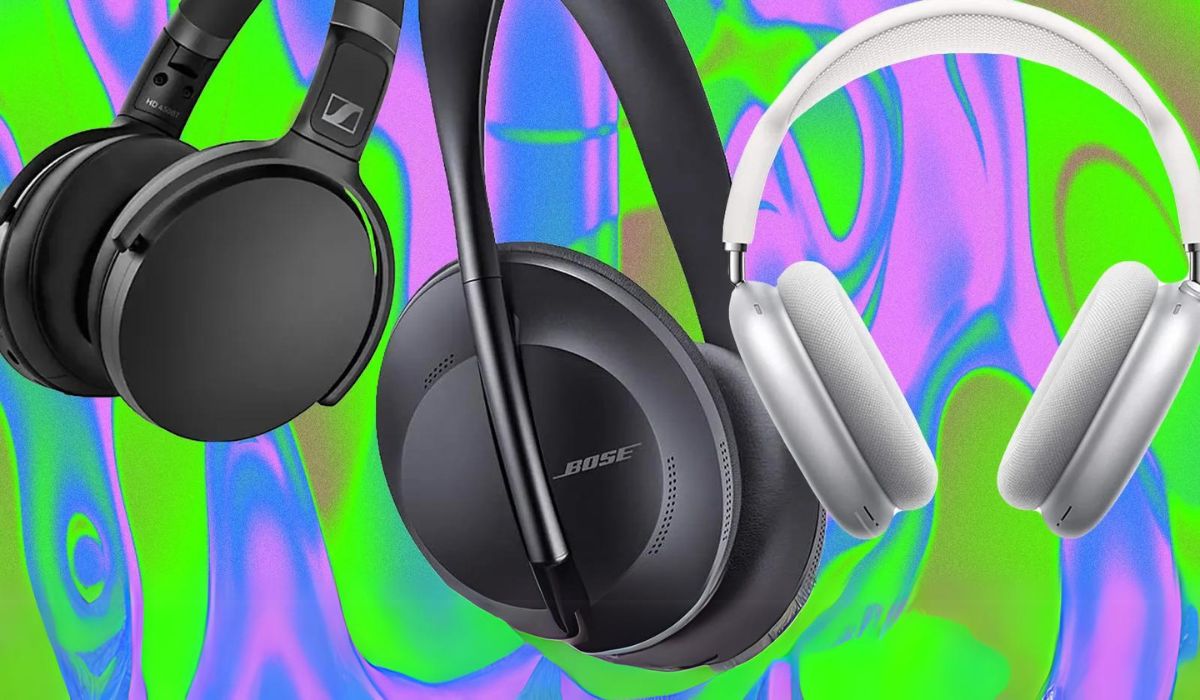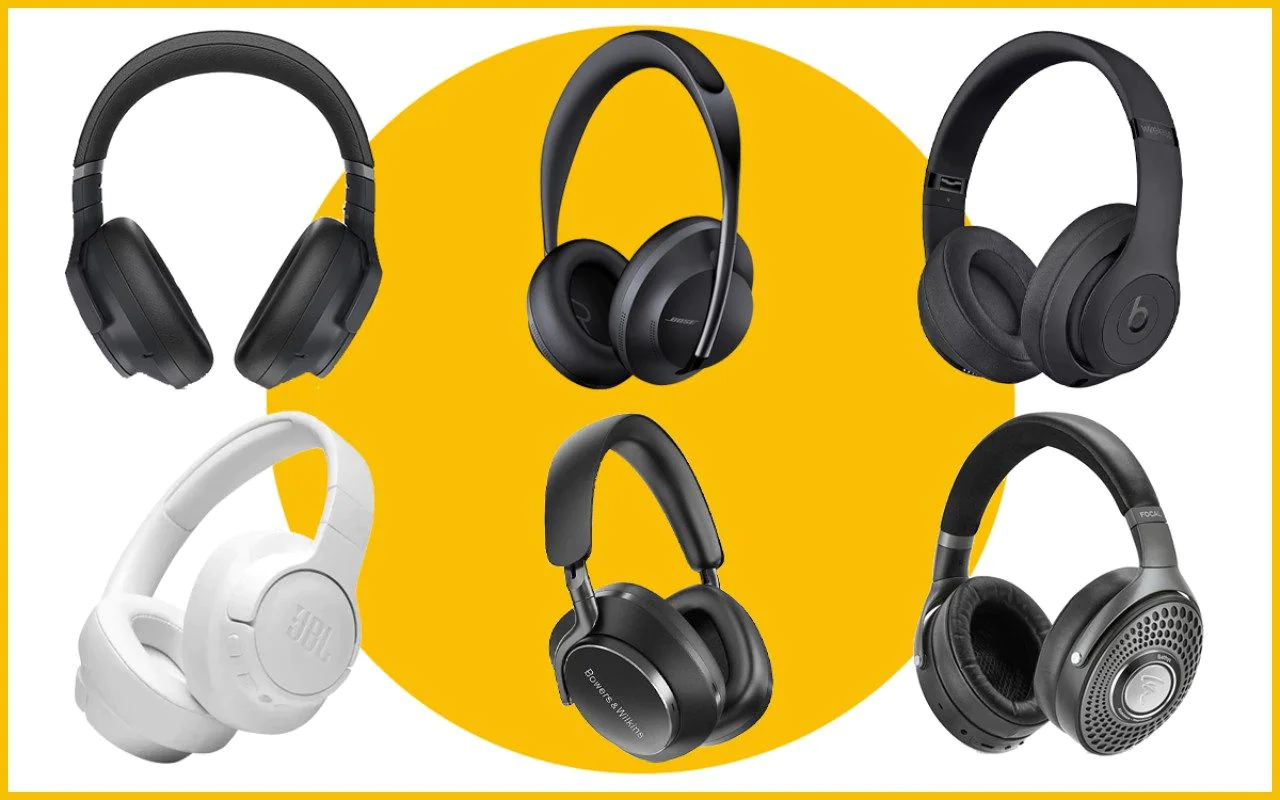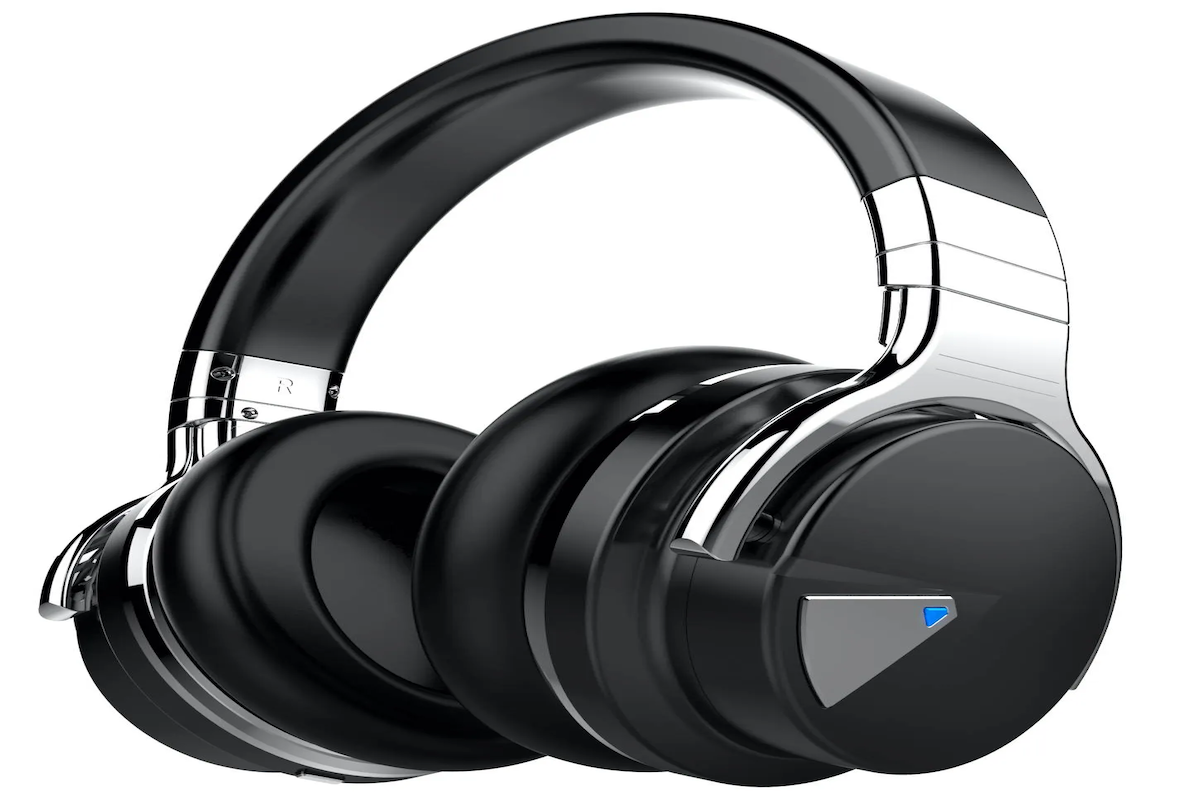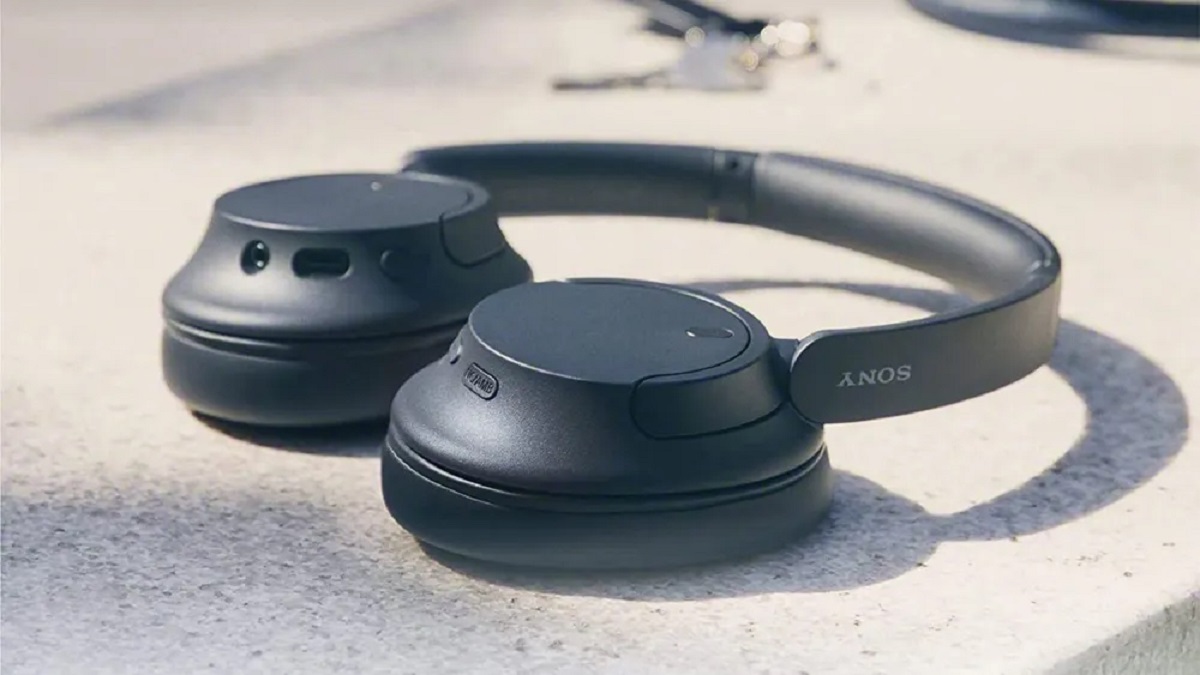Introduction
Understanding the Basics of Noise Cancelling Headphones
Noise cancelling headphones have become an indispensable tool for many individuals seeking respite from the cacophony of everyday life. Whether it's the incessant hum of an airplane engine, the chatter of a bustling café, or the clatter of a commuter train, these headphones offer a sanctuary of tranquility, allowing users to immerse themselves in their chosen soundscape, undisturbed by the outside world.
The allure of noise cancelling headphones lies in their ability to diminish ambient sounds, creating an oasis of serenity amidst a sea of noise pollution. This is achieved through the ingenious application of technology that actively counters external noise, providing a cocoon of silence for the wearer. Understanding the inner workings of these devices unveils a world of innovative engineering and audio wizardry.
In this guide, we will delve into the intricacies of noise cancelling technology, exploring the components and circuitry that make these headphones a marvel of modern innovation. From selecting the right components to assembling the circuit and conducting tests, this comprehensive tutorial will equip you with the knowledge and skills to create your own noise cancelling headphones. Whether you're a tech enthusiast, an audio aficionado, or simply someone in pursuit of tranquility, this guide will empower you to venture into the realm of DIY audio engineering and experience the blissful silence of noise cancelling headphones firsthand.
So, let's embark on this journey of discovery and innovation as we unravel the secrets behind noise cancelling headphones and learn how to create our own immersive auditory sanctuary.
Understanding Noise Cancelling Technology
Noise cancelling headphones operate on the principle of sound wave interference, a concept rooted in the physics of wave propagation. When external noise disrupts the desired audio experience, noise cancelling technology comes to the rescue by generating anti-noise signals that effectively neutralize the intruding sounds. This process involves a sophisticated interplay of components and algorithms working in harmony to create an acoustic haven for the listener.
At the heart of noise cancelling headphones lies a miniature microphone, strategically positioned to capture ambient sounds. These captured sound waves are then analyzed by an onboard processor, which identifies the frequency and amplitude of the incoming noise. Subsequently, the processor generates anti-noise signals that are precisely out of phase with the ambient sounds, effectively canceling them out when played through the headphones. This intricate dance of sound manipulation results in a blissful auditory environment, free from the disturbances of the outside world.
The efficacy of noise cancellation is further enhanced by the design of the headphones themselves. Over-ear models encase the ears in cushioned ear cups, forming a physical barrier that helps attenuate external noise. In-ear variants utilize snugly fitting ear tips to create a seal within the ear canal, further isolating the listener from their environment. This dual approach of active noise cancellation and passive sound isolation ensures a comprehensive shield against disruptive sounds, allowing users to revel in their chosen audio content with unparalleled clarity and immersion.
Understanding the intricacies of noise cancelling technology empowers enthusiasts to appreciate the synergy of hardware and software that underpins these remarkable devices. By unraveling the science behind noise cancellation, we gain insight into the art of silencing the world around us, opening the door to a realm of uninterrupted, pristine audio experiences.
Choosing the Right Components
Embarking on the journey of creating noise cancelling headphones necessitates a judicious selection of components to ensure optimal performance and fidelity. The core elements of a noise cancelling headphone circuit include microphones, signal processing units, and transducers, each playing a pivotal role in the seamless operation of the device.
When choosing microphones for noise cancelling headphones, it is essential to prioritize those with high sensitivity and a wide frequency response. Electret condenser microphones are commonly favored for their compact size, low power consumption, and excellent performance across the audible spectrum. Additionally, the positioning of the microphones within the headphone assembly is crucial, as their placement directly influences the accuracy of ambient sound capture and, consequently, the efficacy of noise cancellation.
Signal processing units form the crux of noise cancelling technology, responsible for analyzing ambient sounds and generating anti-noise signals. Digital signal processors (DSP) equipped with advanced algorithms are instrumental in achieving precise noise cancellation, making them a cornerstone of noise cancelling headphone circuits. When selecting a DSP, factors such as processing power, latency, and compatibility with noise cancellation algorithms should be carefully evaluated to ensure seamless integration and optimal performance.
Transducers, the components responsible for converting electrical signals into sound waves, are equally critical in the construction of noise cancelling headphones. High-fidelity transducers, such as dynamic drivers or balanced armature drivers, are preferred for their ability to faithfully reproduce audio with clarity and accuracy. The transducer design, impedance, and frequency response should align with the intended audio quality and playback characteristics, ensuring a harmonious synergy with the noise cancelling circuitry.
By meticulously selecting the right components, enthusiasts can lay the foundation for a noise cancelling headphone project that excels in delivering immersive audio experiences. The synergy of high-quality microphones, advanced signal processing units, and premium transducers forms the bedrock of a formidable noise cancelling headphone system, poised to transport users into a realm of undisturbed sonic bliss.
Assembling the Circuit
With a comprehensive understanding of the essential components, the next phase in creating noise cancelling headphones involves the meticulous assembly of the circuitry. This process entails integrating the selected microphones, signal processing units, and transducers into a cohesive system that harmoniously orchestrates the interplay of ambient sound capture, analysis, and anti-noise generation.
The placement of microphones within the headphone structure is a critical consideration during circuit assembly. Optimal positioning ensures accurate capture of ambient sounds, facilitating precise analysis and subsequent cancellation. Care should be taken to position the microphones in a manner that minimizes interference from internal headphone components while maximizing their exposure to external noise sources, thereby enhancing the efficacy of noise cancellation.
Integration of the signal processing unit demands meticulous attention to detail, as this component serves as the brain of the noise cancelling system. Ensuring seamless communication between the microphones, DSP, and power supply is paramount, necessitating a methodical approach to circuit layout and interconnection. Additionally, the implementation of noise cancellation algorithms and adaptive filtering techniques within the signal processing unit further refines the circuit’s ability to neutralize a diverse range of ambient sounds.
The synergy between the transducers and the noise cancelling circuitry culminates in the creation of an immersive audio environment. The seamless integration of transducers, whether dynamic drivers or balanced armature drivers, with the noise cancelling circuit ensures a harmonious fusion of pristine audio reproduction and effective noise neutralization. Fine-tuning the transducer characteristics, such as frequency response and impedance, to complement the noise cancelling algorithm optimizes the overall audio fidelity and noise cancellation performance.
Assembling the circuit of noise cancelling headphones demands a blend of technical prowess and meticulous attention to detail. The harmonious integration of microphones, signal processing units, and transducers paves the way for a transformative auditory experience, shielding users from the clamor of the outside world and enveloping them in a cocoon of serene, uninterrupted sound.
Testing and Troubleshooting
Upon assembling the circuitry of noise cancelling headphones, thorough testing is imperative to validate the functionality of the system and address any potential issues that may compromise its performance. Testing encompasses a spectrum of assessments, ranging from functionality checks of individual components to comprehensive evaluations of noise cancellation efficacy, ensuring that the headphones deliver the intended immersive audio experience.
Commencing with component-level tests, the functionality of microphones, signal processing units, and transducers is scrutinized to verify their individual performance and integration within the circuit. Microphone sensitivity, signal processing accuracy, and transducer response are evaluated to ascertain their adherence to specifications and their collective contribution to the noise cancelling process.
Subsequent tests focus on the holistic functionality of the noise cancelling circuitry, encompassing ambient sound capture, noise analysis, and anti-noise generation. Real-world scenarios, such as exposure to varied ambient noises, enable comprehensive assessments of the headphones’ ability to neutralize disruptions across diverse frequency ranges and amplitudes. This phase of testing serves to validate the circuit’s efficacy in creating an immersive auditory sanctuary for the user.
In the event of discrepancies or suboptimal performance during testing, troubleshooting becomes paramount in identifying and rectifying potential issues. This process involves meticulous inspection of circuit connections, component functionality, and signal flow to pinpoint anomalies that may impede noise cancellation or audio reproduction. Iterative adjustments and fine-tuning of component parameters, such as microphone positioning, signal processing algorithms, and transducer characteristics, are undertaken to optimize the circuit’s performance.
Iterative testing and troubleshooting foster a continuous refinement of the noise cancelling headphones, culminating in a meticulously calibrated system that delivers unparalleled audio immersion and disturbance-free listening experiences. The relentless pursuit of perfection through rigorous testing and diligent troubleshooting ensures that the noise cancelling headphones stand as a testament to uncompromising audio quality and the art of silencing the world around us.
Final Thoughts
Embarking on the journey of creating noise cancelling headphones is a testament to the fusion of innovation, craftsmanship, and a relentless pursuit of auditory perfection. The process of unraveling the intricacies of noise cancelling technology, selecting the finest components, and meticulously assembling and refining the circuitry encapsulates the spirit of DIY audio engineering, empowering enthusiasts to craft their own oasis of sonic tranquility.
As we reflect on the journey from conceptualization to realization, the profound impact of noise cancelling headphones on the auditory landscape becomes apparent. These devices not only offer respite from the clamor of everyday life but also serve as a testament to human ingenuity, leveraging technology to create a haven of uninterrupted sound amidst the chaos of the world.
The process of testing and troubleshooting represents the crucible through which the headphones evolve from a collection of components to a refined, high-fidelity system. It is a testament to the dedication and precision required to harness the power of noise cancellation, ensuring that users are enveloped in a cocoon of pure, undisturbed audio bliss.
Ultimately, the creation of noise cancelling headphones transcends the mere assembly of electronic components; it embodies the pursuit of perfection in audio engineering, the relentless quest for serenity in a cacophonous world, and the unwavering dedication to crafting an auditory sanctuary. The journey from inception to realization is a testament to the transformative power of technology and the boundless creativity of the human spirit, culminating in the creation of a device that not only silences the world but also amplifies the beauty of sound.
As we conclude this exploration, let us carry forth the knowledge gained and the passion ignited, embracing the art of noise cancellation as a gateway to a world of undisturbed sonic marvels. The symphony of silence orchestrated by noise cancelling headphones beckons, offering a refuge from the tumultuous symphony of life and inviting us to immerse ourselves in the pure, unadulterated essence of sound.







